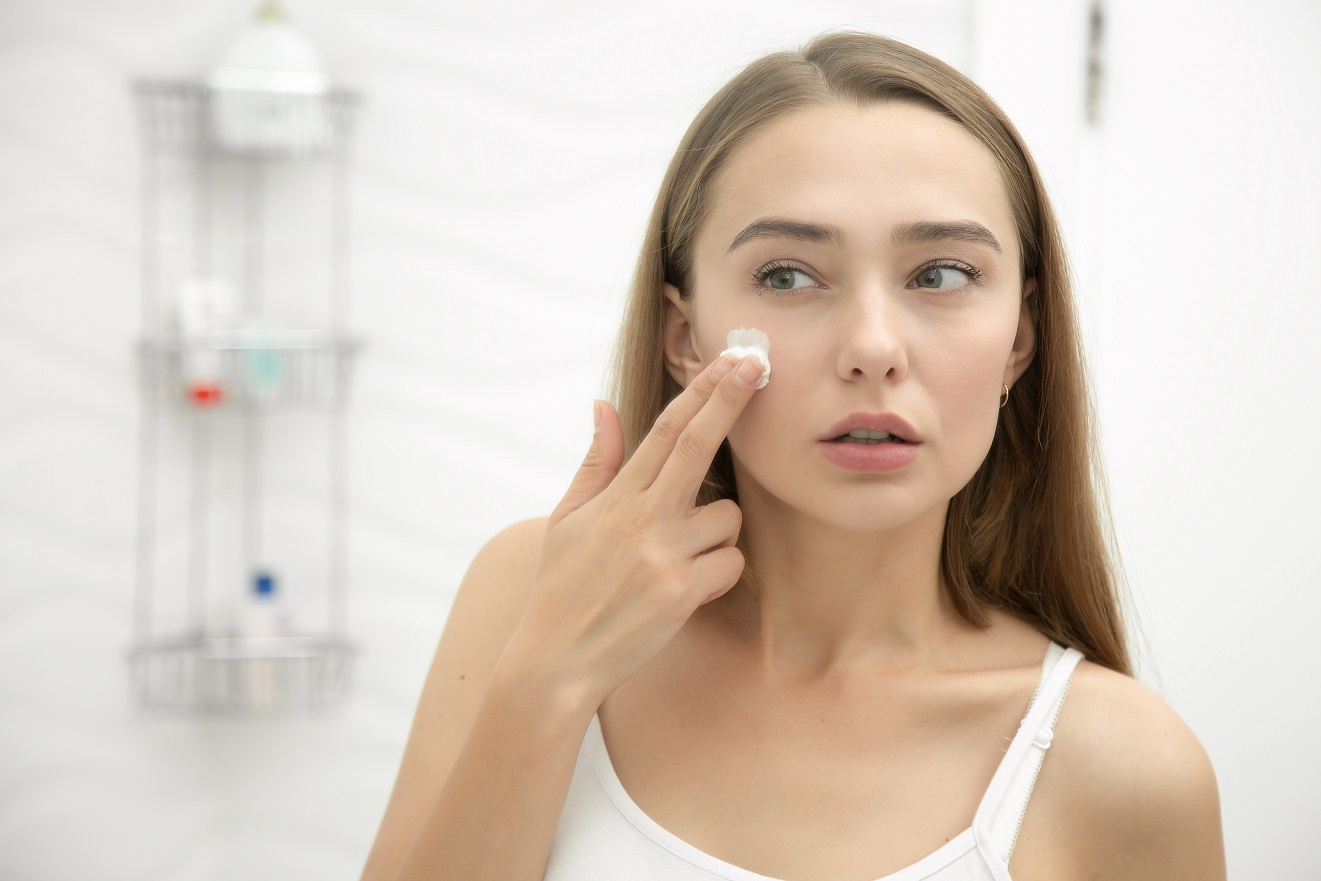Our very own Dr. Benjamin Barankin was interviewed by Slice recently and was asked for some expert advice on common misconceptions in skincare routines that people have. Read below to find out.

So you’ve finally found all the products you need for a perfect skincare routine. Armed with a cleanser, some oils, a serum or two and a fave SPF, you’re on the right path to glowing skin. But now you’re wondering how to implement your routine properly. What order do you apply each product in? Are there specific steps you should be following? And should your routine differ from day to night?
Dr. Benjamin Barankin, a Toronto dermatologist and Medical Director of Toronto Dermatology Centre helps us break down everything you need to know about correctly layering skincare.
A myth about skincare routines
Barankin says skincare routines are specific to your skin and season — it’s not one-size-fits-all and changes over time. Some people need seven products in their routines, while others need three or four; it all depends on your skin. During puberty, our skin is more oily and acne-prone, but after age 50 it becomes more dry and dull, so you need to adjust the products in your routine accordingly.
“Too many people use the same products throughout the decades,” he says. “Too many don’t use sunscreen or don’t apply enough or reapply it. Not enough people are using retinol or AHAs on their face.”
He also says you have to listen to the experts when it comes to making a routine that works for you. Sorry to break it to you, but your fave skinfluencer on TikTok isn’t a professional. “Too many are watching TikTok videos or other social media from ‘influencers’ who have [no] education, training or experience in treating skin conditions,” he says. “Too many think their ‘online research’ is equivalent to my many years of professional dermatologic education and experience.”
Instead of scrolling through vids that promise glass skin, always go to a dermatologist to treat any skin conditions that are bothering you.
How to correctly layer skincare
You may have always been told to layer your skincare products based on their thickness, meaning you start with lighter products such as essences and toners, and finish with a thick moisturizer. However, Barankin says it’s a bit more complex than that, as the order you do can depend on your age, skin type, season, your history of skin issues and the products you’re using.
“In general, I prefer that most people gently wash their face with lukewarm water, pat dry, then apply a moisturizer suited for their skin type or season,” he says. “In the morning, they can then apply a sunscreen as the last step, or in the evening, apply a retinol or vitamin C or AHA/BHA as the last step.”
Keep it simple
“Skincare routines should be kept as simple as possible, especially if you’re just starting out,” Barankin says. In the morning, clean your skin using a gentle cleanser with lukewarm water, then pat dry, moisturize and put on your sunscreen. At night you can do the same, minus the SPF, instead you can use an anti-aging treatment.
“Once you’ve gotten into a routine, you might add an eye serum as well,” he says. “You can skip the toner.”
Don’t skip your sunscreen
We all know that SPF is key to preventing sunburns and skin cancer, but it’s also super important to keeping wrinkles at bay, stopping rosacea breakouts, blotchy skin and sun freckles. It’s arguably one of the most important things to put on in your routine. Grab a broad-spectrum sunscreen and reapply throughout the day.
“I generally advise SPF 30 in Canada, and higher if [you’re] going more south or if laying in the sun, reapplied every three to four hours, and especially after getting wet or toweling or sweating,” Barankin says. “Tanning salons are a definite no-no.”
Products you need
Barankin says some of his fave skincare brands include La Roche-Posay, Ducray, Avene, Cetaphil, CeraVe and Bioderma.
“Medical-grade products available in dermatologist offices such as ZO, SkinCeuticals, and SkinMedica are excellent too,” he adds.
Credit: By Natalie Harmsen, slice.ca
